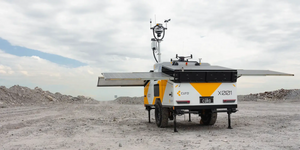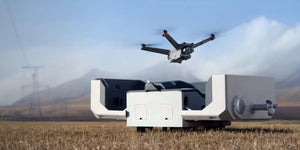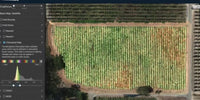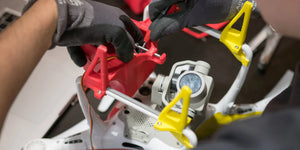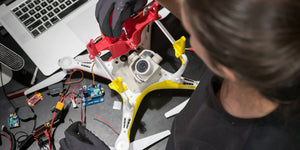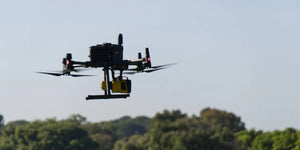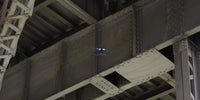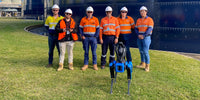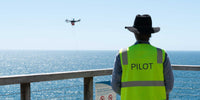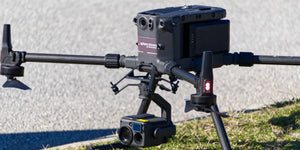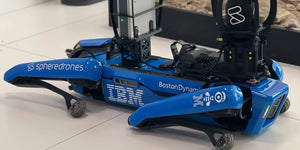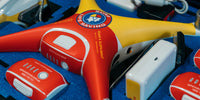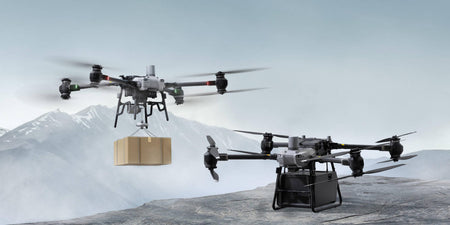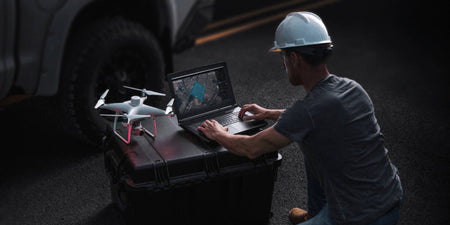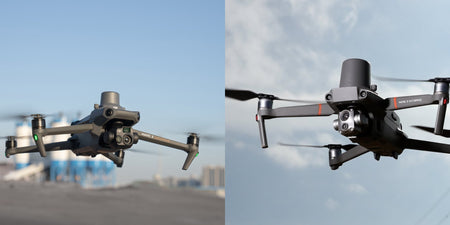Researchers located on the remote Wrangel Island in the Chukchi Sea just north of Serbia has turned to thermal drones from DJI to improve workflows and produce data with more accuracy. The team are using DJI's Matrice 210 and Mavic 2 Enterprise drones built to suit the harsh temperatures and operating conditions.
Remote research
The research teams are brought to Wrangel Island for one reason, to count the polar bear population. The island has the highest density of polar bear dens on earth. This also means all buildings on the island have spikes protruding from them to keep the hungry bears out.
The island is a key place for the female polar bears as the Wrangel Island is often where they go when they are pregnant.
Before the researchers began implementing drones in their workflow, surveying the island was done by helicopter. Not only were these flights expensive, but they also needed to be aided by regular snowmobile treks, with the researchers trying to spot the dens with the naked eye or binoculars.
Pilot's perspective
Both the Matrice 210's and the Mavic 2 Enterprise were flown during the research missions. The weather proved tricky for both the drones, but they were still able to get in the air and get the job done.
Gennady Federov, Deputy Chief State Inspector for Environmental Protection for the Wrangel Island Nature Reserve shared:
We tried not to start the drones in snowfall. But it so happened the weather changed during the flight. So, we flew, yes in snowfall conditions...the gimbal (on the M210) froze, and the camera got covered with frost.
The researchers worked in two teams of four, with eight missions completed in a two-day period using DJI's dual-control system built-in to both drones. The drones would often be flown around 1km out with a colleague watching by with a pair of binoculars as the GPS connection wasn't always stable.
We always tried, of course, to fly at a time of minimum wind conditions. But almost always the onboard computer of the quadcopter diagnosed a strong wind speed at altitude.
The bears
When people think of drones working closely with animals, the first thing that comes to mind is the noise disturbing the animals. The researchers flew over the multiple dens using the Matrice 210 RTK equipped with a Zenmuse Z30, making full use of its 30x zoom capability. Both the visual and thermal cameras proved helpful, allowing the teams to check on the polar bears and their cubs visually.
Source: DJI
